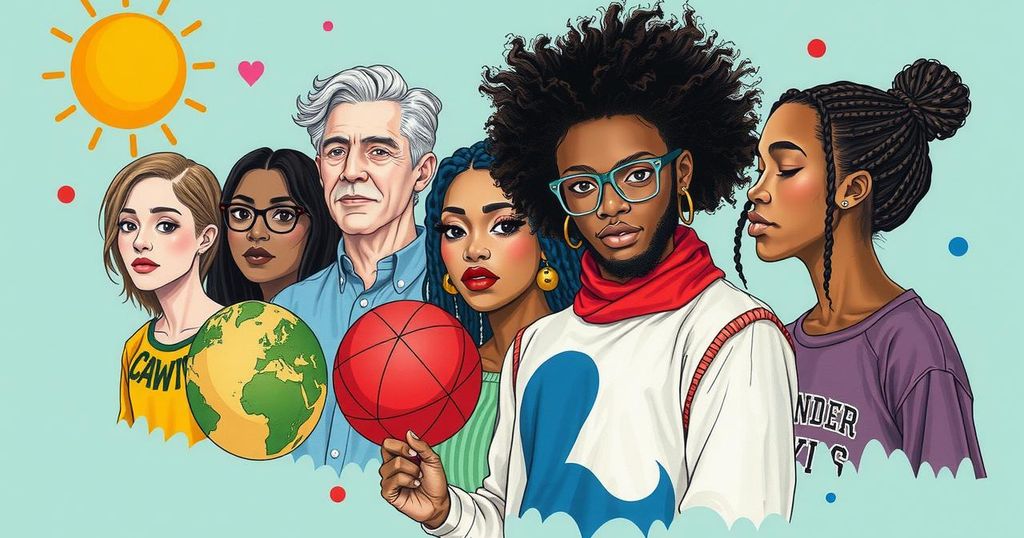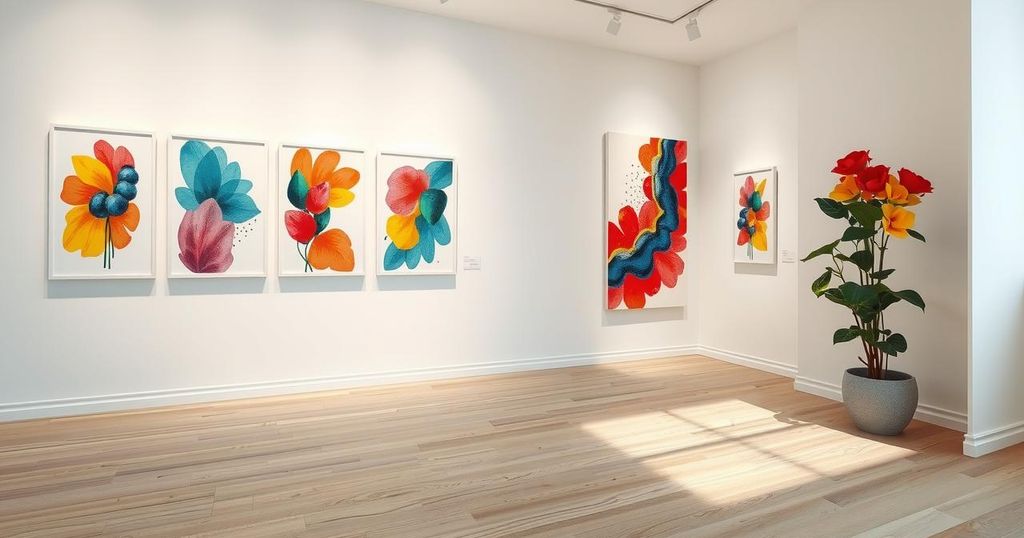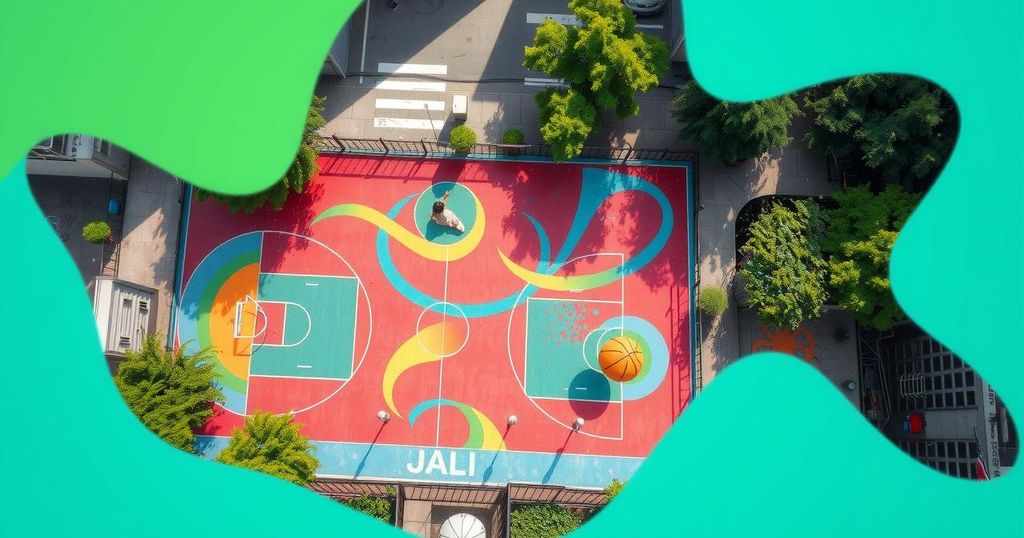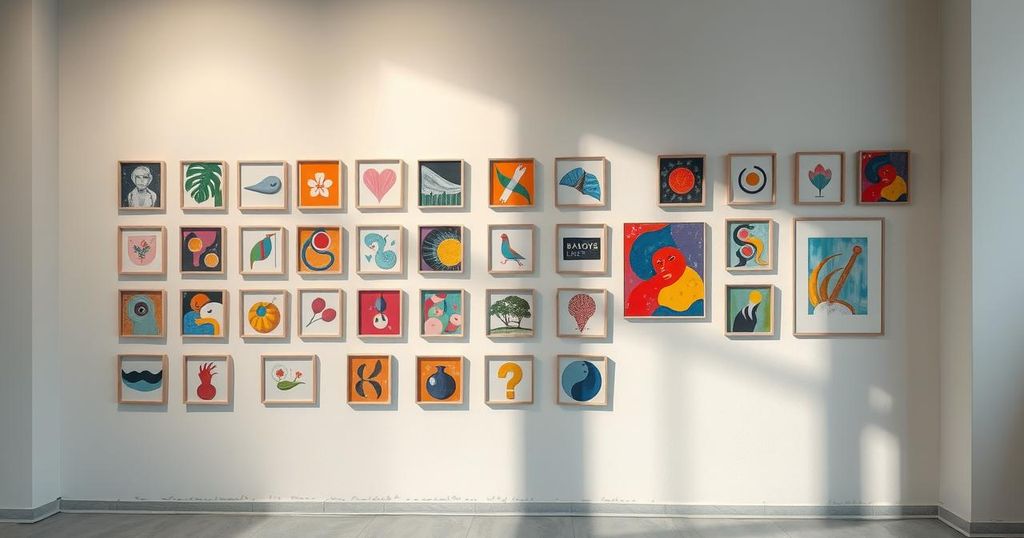Creative Justice: Celebrating a Decade of Youth Empowerment Through Art
Creative Justice celebrated its 10-year anniversary with an art exhibition highlighting the voices of young artists affected by systemic issues. The organization, birthed from the No New Youth Jail movement, allows youth an alternative to incarceration through art and activism. It has evolved into a transformative force, offering diverse programs while aiming to serve even more underserved communities in the next decade.
On a brisk Thursday evening, the heart of Seattle pulsed with creativity as Creative Justice kicked off its 10-year anniversary celebration during the Pioneer Square Art Walk. This milestone event opened with the “Shut it Down” exhibition, showcasing poignant artwork by young artists who have transformed their personal struggles into powerful expressions of hope. DJ Ish infused the air with rhythm as guests explored the gallery, absorbing the rich emotions and narrative behind each piece, including the touching “Community Portraits” series, a tribute to those lost to incarceration. The artwork became a beacon, illuminating the path to healing and community engagement through art.
Reflecting on its grassroots beginnings, Creative Justice emerged in 2014 from a collective vision of Seattle activists who sought to prioritize healing over punishment, stemming from the No New Youth Jail movement. “It was really a visionary collaboration between community organizers and those stewarding public funds. Instead of commissioning art for a youth jail, we decided to use those dollars to create a program that offered art as an alternative to incarceration,” shared Aaron Counts, co-founder of Creative Justice. This unique approach not only diverted at-risk youth from the grips of incarceration but allowed them to discover their voices through creative mentorship.
One compelling example is Faisal Provincial, who began his journey as a youth fellow after being referred by his probation officer. Despite facing obstacles such as restitution fees and a subsequent prison sentence, he credits Creative Justice as a constant support system. “Creative Justice is a place where youth always have a home… you’re always going to have a place to come back to, no matter what,” he expressed, revealing the transformative power of the program. Upon returning, he embraced his role as a leader, supported developing initiatives like the Restitution Relief Fund to help others navigate similar struggles.
The jubilant celebrations continued the following night at historic Washington Hall, marked by the launch of the “Free the Youth” album. Featuring tracks from participants and local artists like The Neighborhood Kids, the album embodies the spirit of the organization, with proceeds supporting art as a means of healing. The evening also included a screening of the gripping “Creative Justice Documentary,” which powerfully captures the organization’s journey through the lens of personal anecdotes, including Provincial’s own experience.
As Creative Justice steps into its next decade, its vision remains firmly anchored in the youth it serves. With programs like BASE for entry-level artists and the Youth Consortium for activism, it aims to reach deeper into underserved communities. “We can be a place that holds space for young [people], especially young Black and Indigenous people… holding their care and wellness first and foremost,” Counts remarked. Provincial dreams of leading Creative Justice as executive director, showcasing how the initiative equips youth to become influential leaders in their communities.
Lastly, a jubilant birthday party for Creative Justice will be held on March 1, 2025, at Indigo Slate, commemorating not only a decade of impactful work but the promising horizons ahead. Through art, Creative Justice continues to pave a path for healing, growth, and empowerment, laying the groundwork for future generations of youth advocates.
Creative Justice began as a response to systemic inequities affecting youth, particularly youth of color in Seattle. Emerging from the No New Youth Jail movement, it focuses on restorative justice by providing creative programs that promote healing rather than punishment. The organization leverages art to help young people express themselves, create community connections, and avoid incarceration, evolving from a diversion program into a comprehensive support system for youth navigating difficult circumstances.
Creative Justice’s decade-long journey is a testament to the power of art and community in shaping futures. By focusing on healing rather than punishment, it has created a nurturing environment for young artists to thrive. As it looks toward the future, Creative Justice remains committed to amplifying youth voices and fostering resilience in underserved communities, proving that when empowered, youth can transform their realities and inspire change.
Original Source: southseattleemerald.org




Post Comment